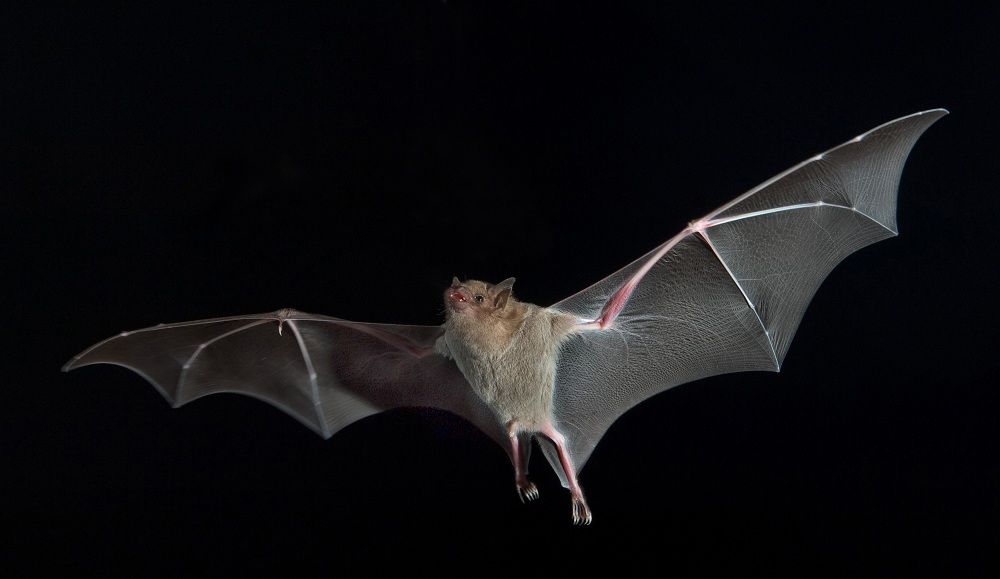NESTING LOONS
Most Northwoods lakes have a nesting pair of loons and when they migrate back from their winter homes, they usually will return to the same lake each year in late April or early May. At this time both male and female will build the nest and by mid-May to mid-June the female will lay 1 to 2 eggs then incubate them for 26 to 30 days. Sounds simple enough and what could go wrong, right? Well, on top of the loss of shoreline habitat due to homes and cottages being built, it’s an up-hill battle for those chicks to hatch, because Loons have to take what mother nature throws at them. So how bad could it be? Loons don’t balance well because they’re large birds and their legs are positioned so far back on their bodies; therefore, they can barely walk on land, this is why loons build their nest on shore at the edge of the water. On top of the possible heavy spring rain, waves caused by wind can flood their nest. Then the fishing opener can coincide with nesting Loons and wakes from boats also can flood or washout the nests that are only made of sticks, grass, mud and lake vegetation. Another natural disturbance is when the black flies hatch, because they can force loons off their nest.
Loons are even forced off their nest by people in canoes and kayaks that think it’s ok to come close to the nest to see the Loons or take pictures, because they don’t have a motor. Here’s the thing. Anytime a Loon leaves or is forced to abandon their nest, not only does the incubation stop (EGGS NEED A CONSTANT 95 DEGREES) but an empty nest is vulnerable to predators like raccoons, eagles and gulls. One good thing if you want to call it that is, if a nest is destroyed early enough, Loons may build another nest and lay a second round of eggs, but this rarely happens.
We can’t do anything about mother nature, but we can help by not causing big wakes from our boats and staying away from the shoreline until the chicks have hatched. I totally agree that viewing wildlife is awesome, but if we want to keep seeing Loons on our lakes, let’s give them a break and use binoculars so they stay on their nest. If and when the chicks hatch, these cute little babies will ride on their parents back for the first two weeks to stay warm and to reduce predators from above and below the water. Again, give the Loons and chicks room, because the chicks can use up to eight times more energy to avoid human pressure and this never turns out in their favor. Hopefully you now understand that Loons can have a tough time nesting so let’s give them space at this time and during the summer too.





That’s some great advice Bill
thanks Steve, its definitely something to think about.